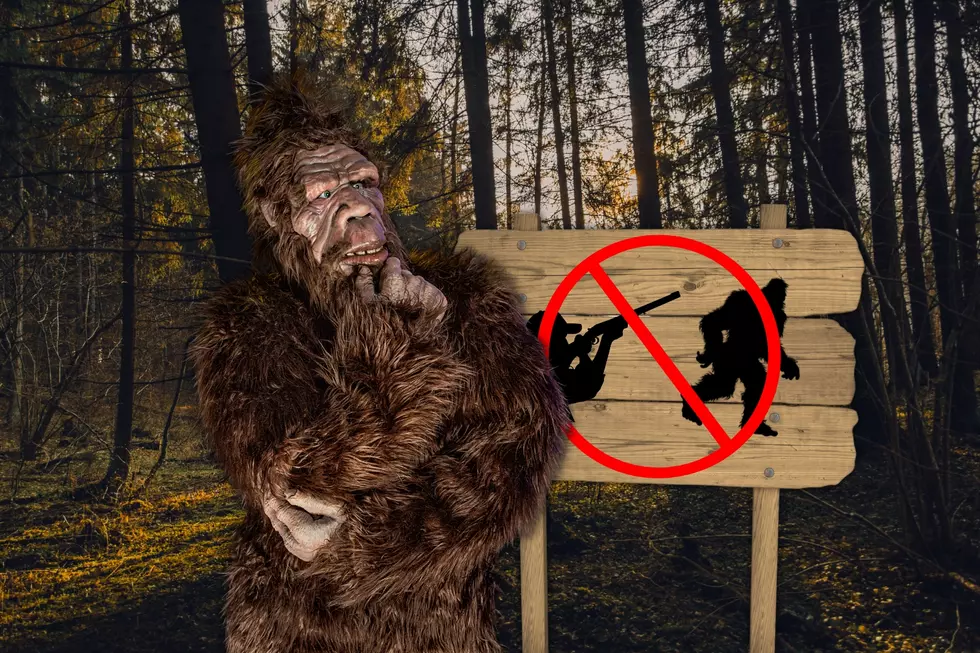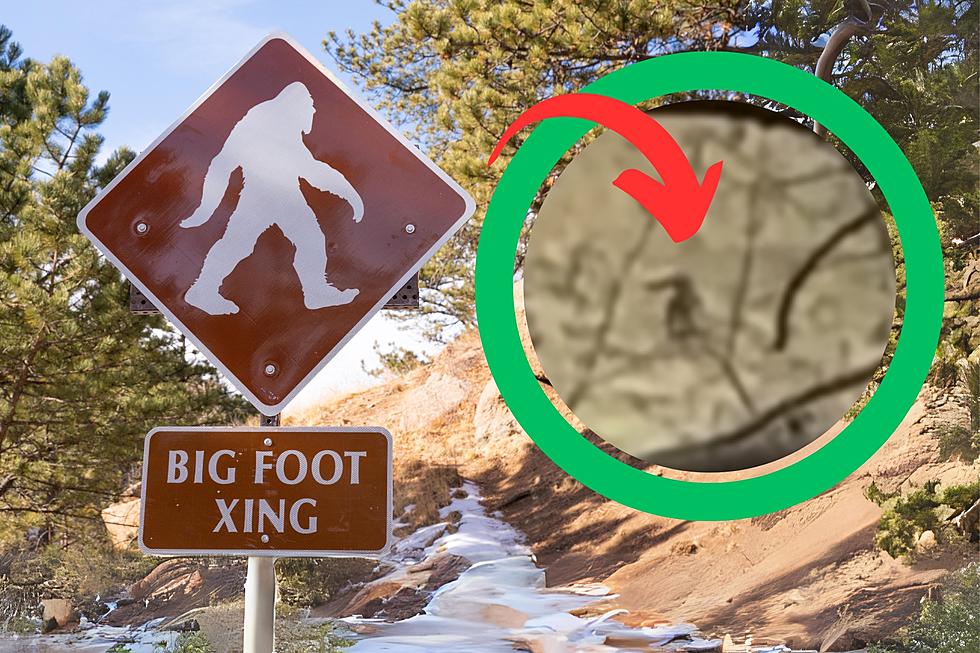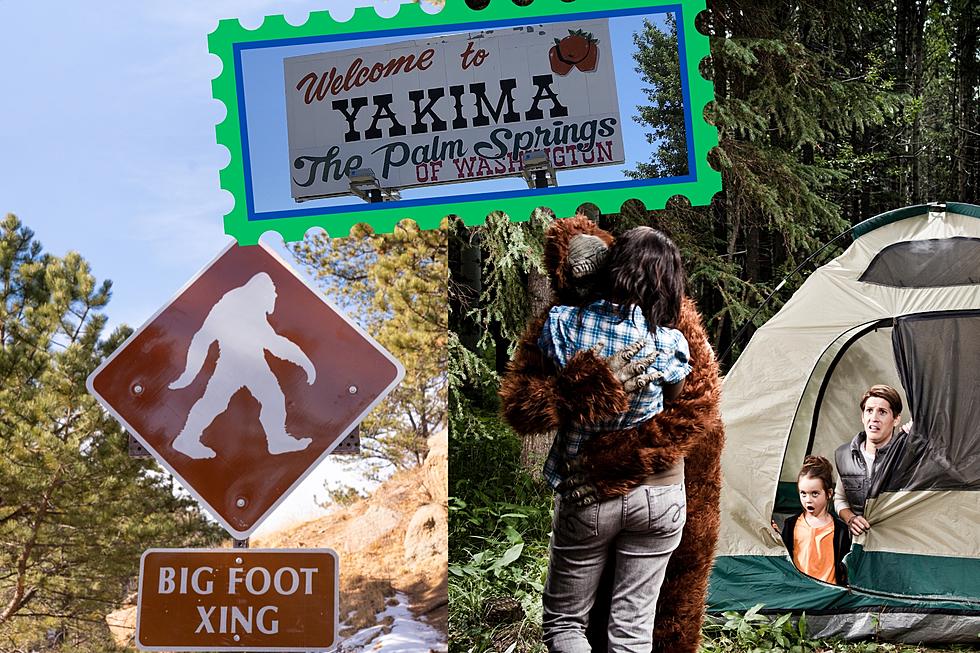
What Washington County Made it Illegal to Hunt Bigfoot?
There are a number of odd laws around Washington State, at both the state and local levels. We've had bills to recognize the state dinosaur, a Washington Administrative Code (WAC) created to ban people from sleeping in outhouses (unless you get the owner's permission), and you can't use an X-Ray machine at a shoe store.

There are even a couple of laws surrounding everyone's favorite Evergreen state cryptid...Bigfoot.
A cryptid, by definition, is "an animal that has claimed to exist but never proven to exist." Sasquatch, Yeti, Yeren, Yowie, or Bigfoot is considered a cryptid. Bigfoot's history in Washington State is so immense that 18th District State Senator Ann Rivers R-La Center, at the behest of a 9-year-old constituent, sponsored SB 5816 in the 2017-18 sessions to recognize the ape-like creature as the State's official cryptid. Unfortunately the bill did not pass in either year of the biennial.
Local Laws Protect the Big fella
In 1992 the Whatcom County Council passed resolution 1992-043 that made the county a "Sasquatch Protection and Refuge Area". Their reasoning was if the Big Guy existed, it was inadequately protected and would be "in danger of death or injury". That wasn't the first legal measure passed in Washington State to address the vulnerable creature.
You Need to Go Back Over 50 Years
The first law or ordinance enacted regarding Bigfoot in Washington State was in Skamania County. In 1969 the Skamania Council Board of Commissioners made it illegal to hunt Bigfoot. The Commissioners were so intent on protecting Sasquatch that they pointedly declared "any premediated, willful and wanton slaying of any such creature shall be deemed a felony." The penalty for commission of such crime would be up to a $10,000 fine and/or up to five years in the county jail.
In 1984, the Skamania County Board of Commissioners repealed the original ordinance and passed a replacement. They reduced the felony charge of slaying Sasquatch to a gross misdemeanor if premeditated and a misdemeanor if accidental. They also cut the penalties down to a max of one year in jail and/or a $1,000 fine for the gross misdemeanor and 6 months in jail and/or a $500 fine for the misdemeanor charge.
It Did Establish A New Protection
The 1984 ordinance the county as a Sasquatch refuge and declared it an endangered species. The county also refused to allow insanity as a defense at trial.
Now if you're looking for Sasquatch without murderous intent, you might want to check out the locations below.
5 Places That Bigfoot Is Most Likely Hiding in Washington State
Gallery Credit: Rik Mikals
10 Best Places To Spot a Sasquatch in Washington State
Gallery Credit: Rik Mikals
More From 610 KONA








